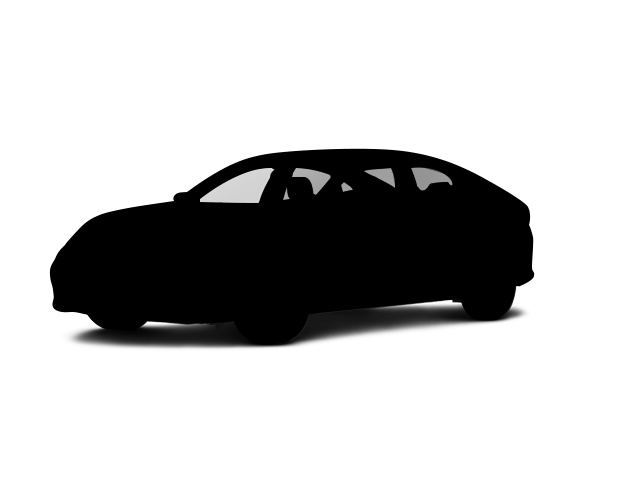For enhanced safety, the front and rear seat shoulder belts of the Lexus RC F have pretensioners to tighten the seatbelts and eliminate dangerous slack in the event of a collision. The Nissan GT-R doesn’t offer pretensioners for the rear seat belts.
The RC F’s optional pre-crash front seatbelts will tighten automatically in the event the vehicle detects an impending crash, improving protection against injury significantly. The GT-R doesn’t offer pre-crash pretensioners.
The Lexus RC F has standard driver and front passenger side knee airbags mounted low on the dashboard. These airbags helps prevent the driver and front passenger from sliding under their seatbelts or the main frontal airbags; this keeps them better positioned during a collision for maximum protection. Knee airbags also help keep the legs from striking the dashboard, preventing knee and leg injuries in the case of a serious frontal collision. The GT-R doesn’t offer knee airbags.
The RC F has standard Pre-Collision System, which use forward mounted sensors to warn the driver of a possible collision ahead. If the driver doesn’t react and the system determines a collision is imminent, it automatically applies the brakes at full-force in order to reduce the force of the crash or avoid it altogether. The GT-R doesn't offer collision warning or crash mitigation brakes.
The RC F’s lane departure warning system alerts a temporarily inattentive driver when the vehicle begins to leave its lane and gently nudges the vehicle back towards its lane. The GT-R doesn’t offer a lane departure warning system.
The RC F (except Fuji Speedway Edition)’s blind spot warning system uses sensors to alert the driver to objects in the vehicle’s blind spots where the side view mirrors don’t reveal them. The GT-R doesn’t offer a system to reveal objects in the driver’s blind spots.
To help make backing out of a parking space safer, the RC F (except Fuji Speedway Edition)’s standard rear cross-path warning system uses sensors in the rear bumper to alert the driver to vehicles approaching from the side, helping the driver avoid collisions. The GT-R doesn’t offer a cross-path warning system.
The RC F’s driver alert monitor detects an inattentive driver then sounds a warning and suggests a break. According to the NHTSA, drivers who fall asleep cause about 100,000 crashes and 1500 deaths a year. The GT-R doesn’t offer a driver alert monitor.
The RC F has standard Safety Connect®, which uses a global positioning satellite (GPS) receiver and a cellular system to help track down your vehicle if it’s stolen or send emergency personnel to the scene if any airbags deploy. The GT-R doesn’t offer a GPS response system, only a navigation computer with no live response for emergencies, so if you’re involved in an accident and you’re incapacitated help may not come as quickly.
Both the RC F and the GT-R have standard driver and passenger frontal airbags, front side-impact airbags, side-impact head airbags, four-wheel antilock brakes, traction control, electronic stability systems to prevent skidding, daytime running lights, rearview cameras and available rear parking sensors.
For its top level performance in all IIHS frontal, side, rear impact and roof-crush tests, and with its optional front crash prevention system, the Insurance Institute for Highway Safety grants the RC F the rating of “Top Pick” for 2017, a rating granted to only 205 vehicles tested by the IIHS. The GT-R has not been tested, yet.

